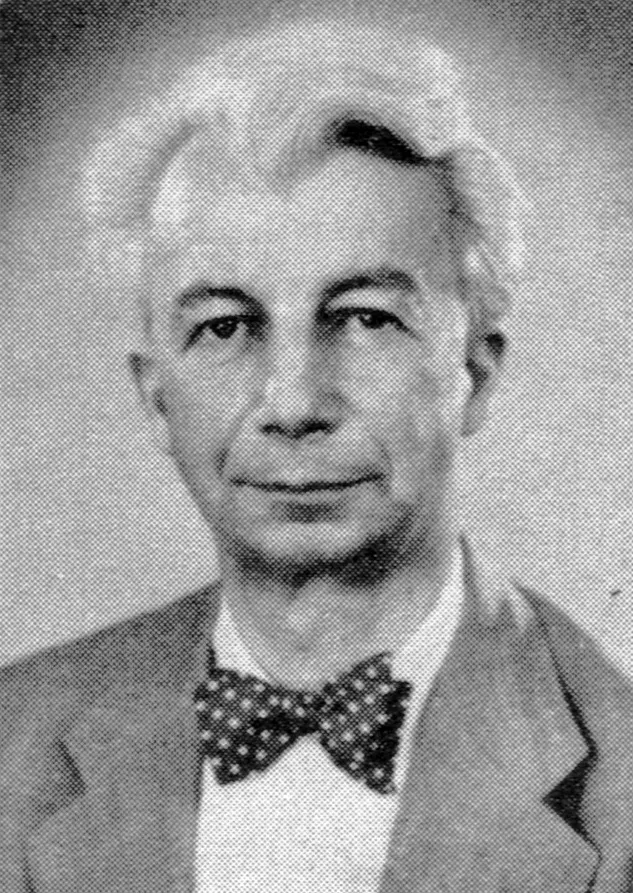Industrial design was an American design magazine featuring furniture, ceramics, housewares, appliances, automobiles, buildings, radios, projectors, televisions, and many other objects designed for the postwar middle class. First published in the 1950s by Charles Whitney with Alvin Lustig as art director.

